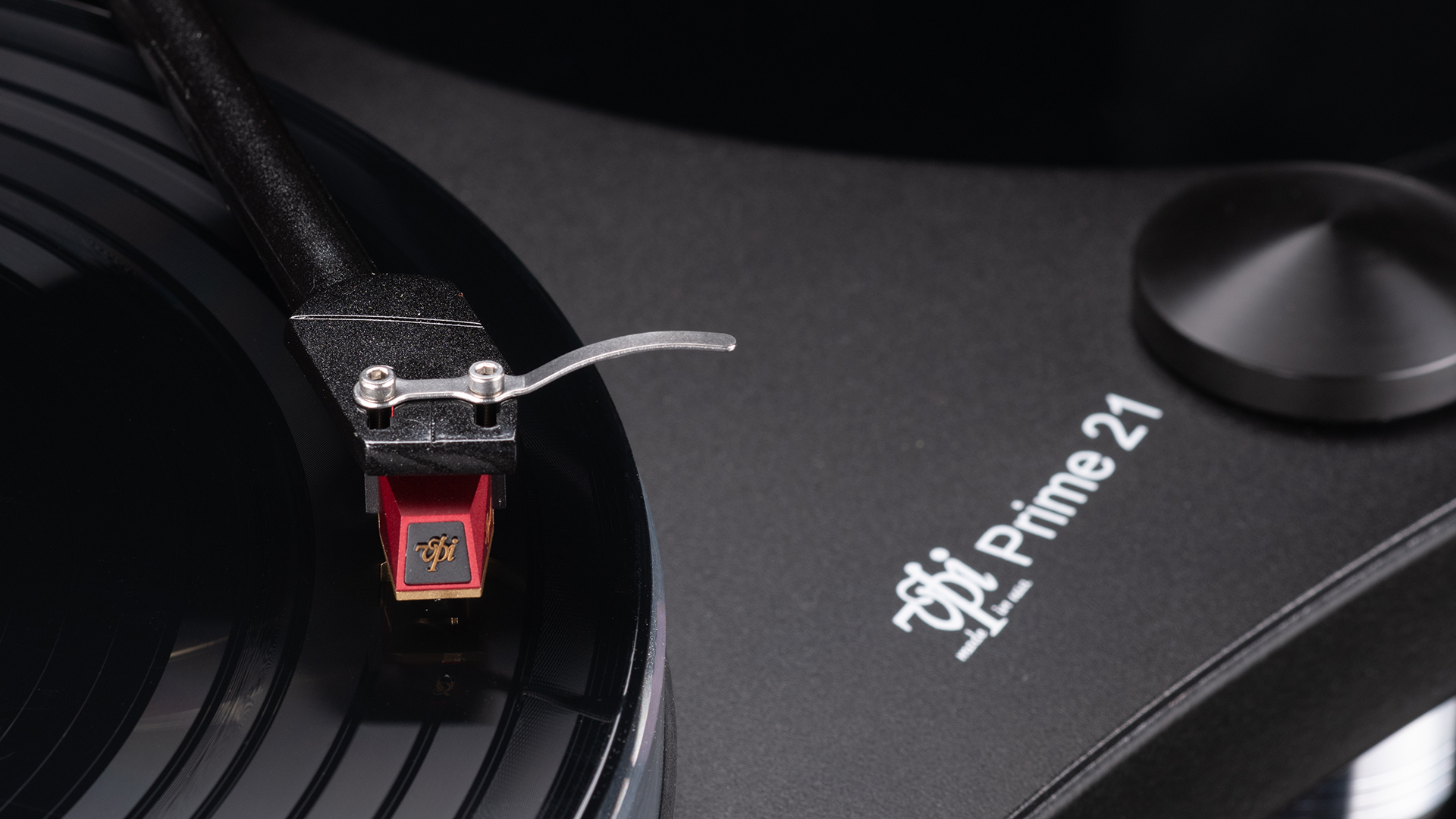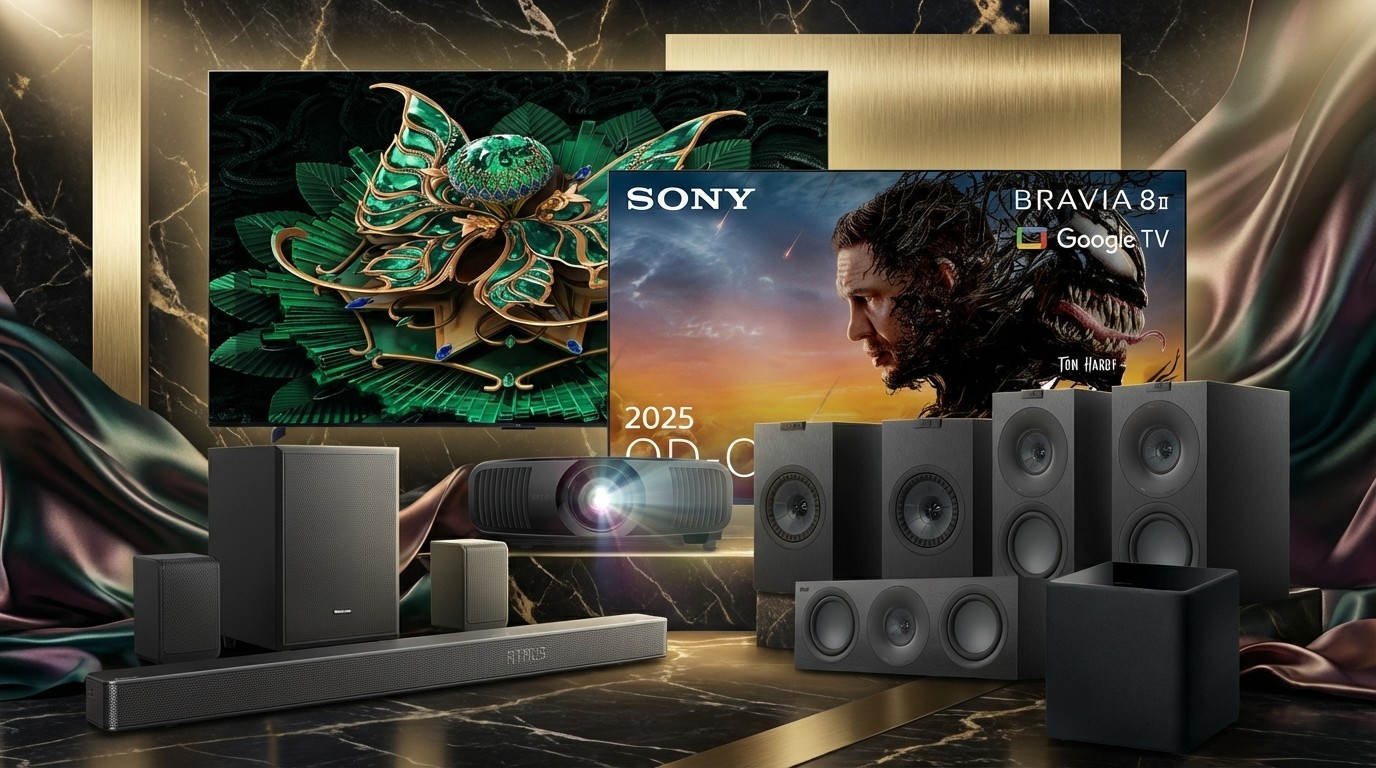What Hi-Fi? Verdict
The Prime 21+ builds on its impressive predecessor to become one of the class leaders at this level
Pros
- +
Bold and controlled presentation
- +
Dynamic expression and insight
- +
Solid build
Cons
- -
Tough competition at this level
- -
Manual speed change
Why you can trust What Hi-Fi?
VPI’s Prime record player has been something of a favourite of ours since we reviewed it back in 2015. Since then, the deck has become one of our go-to recommendations for anyone wanting a true taste of high-end vinyl replay without a five-figure expenditure.
The new VPI Prime 21+ (the number signifies the model year) aims to build on that solid foundation with a series of well-considered changes aimed at improving performance, ease of use and cosmetics.
There are two versions of this deck. The ‘+’ model we have on test here includes the brand-new VPI Shyla moving coil cartridge (custom-made by Audio Technica) and the company’s Weisline tonearm cable (manufactured by Nordost). The base version of the 21 comes without these two options and costs £4500 ($4500).
Build

While this deck is instantly recognisable as a Prime, VPI’s changes have resulted in a smarter but more conventional deck. The most obvious difference is to the tonearm, which now has a gimbal bearing design rather than the less common uni-pivot of the original. It seems that some people took against the wobbling that is part and parcel of a uni-pivot design when it’s being handled (but not when it’s actually playing a record).

Solid machined 53mm-thick chassis with aluminium plate
Painted textured black
27cm gimbal 3D-printed tonearm
Stainless steel motor
Stainless steel and delrin record clamp
HW40 isolation reference feet
This new arm is a 27cm, 3D-printed design that feels less fussy in use than its predecessor. It’s easy to set up and the bearings feel smooth, though we could detect a small amount of play in its fore/aft movement. VPI claims the new arm marks an improvement in performance over the original, but it’s hard to verify that without a side-by-side comparison.
As before, arm bias can be set in two ways. There’s a pivoted mechanism that adds suitable sideways force, or a tried-and-trusted VPI method where the innate tension in the twisted tonearm connection wire (the looped piece of cable that comes out the back of the arm) supplies the outward force. Either method works well.
Another obvious generational change is to the Prime’s feet, which are now the same isolating designs used on the £15,000 ($15,000) VPI HW40 deck introduced last year. These should make this deck less susceptible to external vibrations than before.
The latest hi-fi, home cinema and tech news, reviews, buying advice and deals, direct to your inbox.
The 43mm-thick curvy plinth looks much the same as the previous model, but is now made up of a 3mm aluminium top plate on an MDF base, rather than having a steel plate tacked onto the underside as before. In both cases, the metal is intended to add rigidity and damping to the structure. There’s now a choice of two plinth finishes, too: the original black or a rather nice walnut option for the MDF section.
The detached AC motor unit has also been tweaked. It still has the same substantial high-mass aluminium casework to control resonances, but the internal control circuit has been updated to help speed stability. The speed change from 33 1/3 to 45rpm is done manually by moving the belt from one step on the motor pulley to the next. An electronic option would be preferable, but this works well enough.
The VPI’s main bearing is still an inverted design that uses a hardened steel shaft, a 60 Rockwell hardened chrome ball, and a phosphor bronze bushing completed by a PEEK (polyether-ether-ketone) thrust disc. It’s designed for precision, low noise and longevity. That chunky platter is still machined from 6061aluminium bonded and has a damping plate made of MDF. The whole lot weighs in at a substantial 9kg.
There’s now a felt mat supplied, too, for those who don’t like the idea of putting their cherished vinyl directly on the beautifully machined surface, which was the case in the last model. You can still use the deck without the mat, mind you, and we’d actually be tempted to do so; the Prime’s sound is a little clearer and more sharply etched when used this way.
The screw-on steel/Delrin record clamp remains unchanged. Having tried the player with and without, the clamp is well worth using for the improvement in focus and sonic authority it gives the 21+’s presentation.
This deck isn’t a particularly large unit by high-end standards. Measuring 52cm wide and 40cm deep, it should fit on the top shelf of most supports. Despite VPI’s attempts to design in isolation, it still pays to use a rigid, low-resonance platform for the best results.
Features

Make sure everything is level before you start to set up the VPI+ – it also helps to keep the support as far from the speakers as practical to reduce the amount of vibration energy fed into the turntable’s structure. You’ll get a better sound if you do these things.
This deck is designed to be easy to set-up, and not only does the company provide a manual on a USB stick, it also includes a handy video. We're pleased to find that VPI supplies an electronic stylus scale in the box to help set the tracking force accurately, as well as a nifty alignment gauge for getting the cartridge in exactly the right position. We wish more manufacturers were this thoughtful.
The company claims that this turntable package can be up and running in around 20 minutes, and that proves to be the case, provided you’ve set-up a record player before. Apart from the option of choosing which arm bias arrangement to use, there is nothing unusual or quirky here. Our ‘+’ version comes with the cartridge already fitted and aligned, which saves a bit of work.
The Shyla moving coil works without issue into our usual Cyrus Phono Signature/PSX-R2 phono stage. We adjust its input loading to the recommended 100ohms and set the cartridge’s tracking weight to 1.9g, and it all works well. In performance terms, this moving coil is certainly good enough to compete with similarly priced alternatives from the established cartridge manufacturers.
The rest of the system is our usual reference set-up of Burmester 088/911 Mk 3 amplifier and ATC SCM50 speakers. We also give the Naim Supernait 3 integrated amp a whirl to see how the VPI performs with more price-compatible kit.
Sound

Anyone familiar with VPI's Prime turntable will find the 21+’s sound instantly recognisable but with improved clarity and precision. This is an immensely confident record player. While sounding big and bold, its presentation is pleasingly underpinned with heaps of subtlety when the music demands.
We start with Orff’s Carmina Burana and are impressed with the VPI’s sonic scale and authority. It’s rare to find a deck at this level that sounds so composed and controlled. Detail – and there's plenty of it – is organised in a musically cohesive way.
We love how this record player renders large-scale dynamic shifts and backs them up with a thrilling sense of power. There’s plenty of punch when the music demands, but also an ability to track low-level instrumental strands, even when the music becomes complex.
Tonally, there’s little to complain about here either. The Prime 21+ package sounds even, open and convincing. This is an impressively balanced performer that handles the balance between bite, body and refinement well.
Stereo imaging is good too, with an open and expansive soundstage layered with carefully placed instruments and voices. Importantly, things don’t become jumbled when the music erupts – those familiar with Carmina Burana will know that there’s no shortage of dynamic excesses and dense instrumentation in this piece.
We switch to Light A Fire by Bob Marley and the Wailers, and this VPI continues to shine. While it doesn’t quite have the rhythmic snap of the similarly priced Rega Planar 10 or the sheer drive of the cheaper Vertere DG-1 package, neither of these alternatives sounds quite so solid and authoritative.
On the track Kinky Reggae, the bass is firm and deep, anchoring the rest of the presentation impressively. Meanwhile, Marley’s voice comes through with clarity and passion and is nicely separated from the instrumental backdrop. We take in a wide range of music during our testing, from Kind Of Blue by Miles Davis to Springsteen’s Born To Run, and this VPI never disappoints.
Verdict
The VPI Prime+'s amount of punch, sense of power and degree of insight put it thoroughly among the class leaders. This is a hugely capable and rounded package with a wide range of sonic talents that work across musical genres.
Add solid build, ease of set-up and the generous supply of accessories in the box, and it’s clear that VPI has pushed its Prime turntable a useful step forward. If you’re looking for a record-playing package at this level, this one simply has to be on your shortlist.
SCORES
- Sound 5
- Features 5
- Build 4
MORE:
Read our guide to the best record players
Read our VPI Prime review
Read our Rega Planar 10 review
What Hi-Fi?, founded in 1976, is the world's leading independent guide to buying and owning hi-fi and home entertainment products. Our comprehensive tests help you buy the very best for your money, with our advice sections giving you step-by-step information on how to get even more from your music and movies. Everything is tested by our dedicated team of in-house reviewers in our custom-built test rooms in London, Reading and Bath. Our coveted five-star rating and Awards are recognised all over the world as the ultimate seal of approval, so you can buy with absolute confidence.

